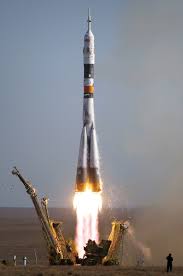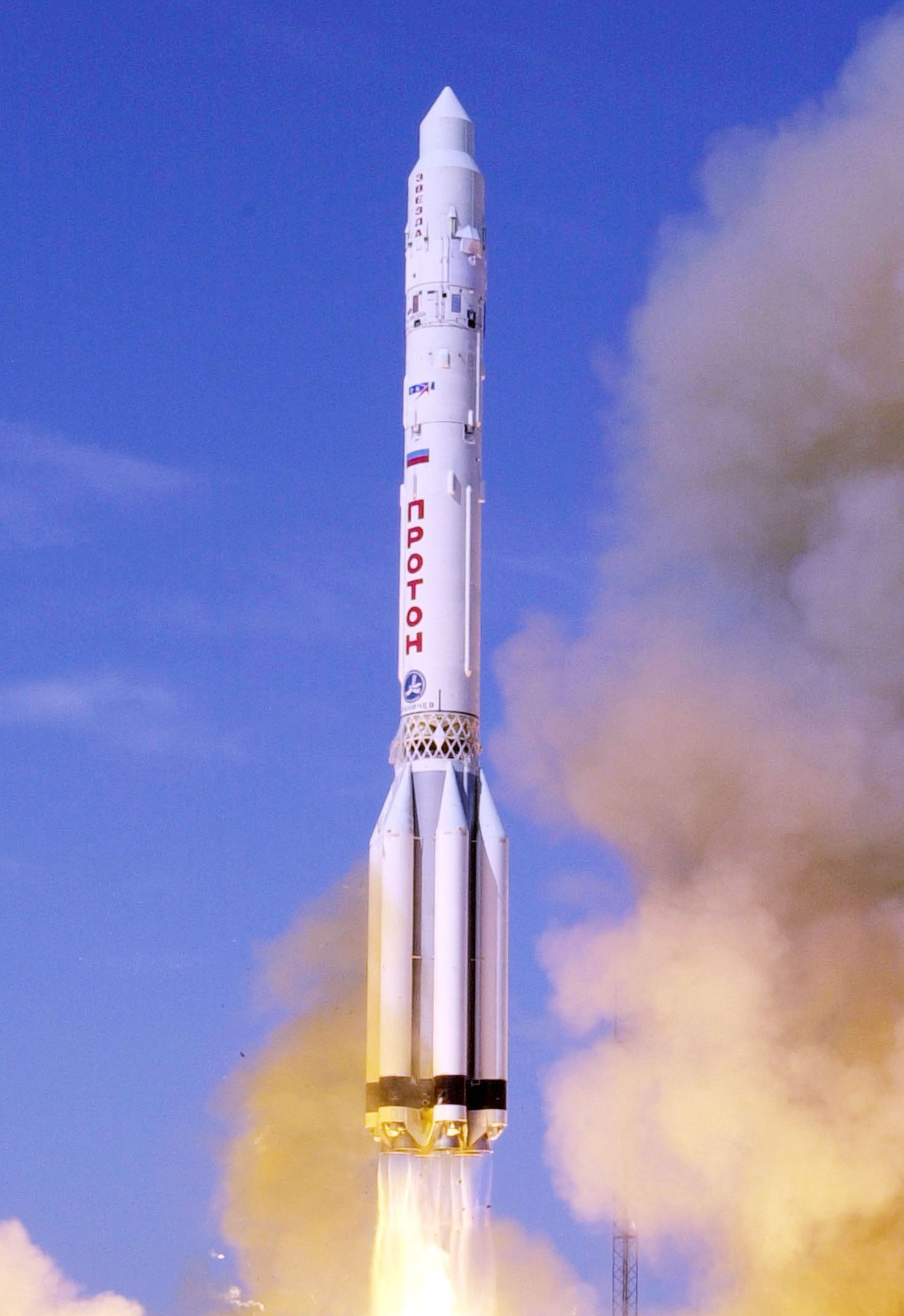Space rocket: Different types and its Working Principle
A rocket is been referred to as missile, aircraft, spacecraft or vehicle that usually obtain their thrust from rocket engine. The Italian name for rocket is rocchetto “bobbin”. The propellant that is within the rocket before use produces the rocket engine exhaust. Rocket engines are known as reaction engines because they obtain their thrust as a result of action and reaction which is in accordance with Newton’s third law of motion, So by expelling of exhaust at high speed in opposite direction, the rocket is been propelled forward.
Rockets are known as vehicles that rocket engine propel. Most rocket engines are internal combustion engine while some exist as non-combusting form. Rocket engines can perform in the vacuum just because they don’t need external material to form their jet. Therefore, ballistic missiles and spacecraft can be propelled by rocket engines.
As a matter of fact, rockets don’t work efficiently in the atmosphere but work more efficiently in the space. Multistage rockets can achieve maximum altitude just because they are capable of attaining escape velocity from earth. Rockets are powerful and lightweight and the rate at which they accelerate is very high. Flight control of rockets depend on airfoils, momentum, auxiliary reaction engines, momentum wheels, gimballed thrust, propellant flow, deflection of the exhaust stream, gravity and spin.
What is meant by a space must be understood in order to understand what a space rocket really mean. The population in space is zero, nothing like road sign, no line is dividing the end of the earth and the beginning of the space I.e. The start of space is invisibly blurring at the end of the earth’s atmosphere.
Majority of the jet plane don’t fly beyond 15km(9.5miles) just because at this level enough oxygen is still present to burn the fuel in the engine and make them to continue flying, this level is still not close to where the space start. The starting point of space is always known to be 100km (60 miles) above earth. The point at which space starts is called Karman line. At this point a conventional plane will have to strive in order to get enough lift that will make it stay in air.In case you are thinking that space is a very far place, it will take a car that is rapidly moving with high speed on the highway to reach hundreds of kilometers in just an hour; it will take a rocket to get there in just 3 minutes which is almost 20 times faster.
Types of rocket
We have four types of rocket which are; solid-fuel rocket, liquid-fuel rocket, ion rocket and plasma rocket.
Solid-fuel rocket
Of all the types of rocket, this is the simplest and the oldest. It has been existing since the discovery of gunpowder by the Chinese. Solid-fuel rocket makes use of monopropellant i.e., a single mixture is made from different types of solid chemicals combined together. This single mixture is then place inside the combustor where it will be ignited.
The only disadvantage of this fuel type rocket is that there is no way to control its burning once it starts burning and thus it won’t stop burning until the fuel supply runs out. Compared to liquid fuel, solid fuel is very easy to store. Solid fuel is made up of highly volatile ingredient such as nitroglycerin.
Liquid-fuel Rocket
Liquid-fuel rocket uses liquid propellant as the name suggests to create thrust. It was first built by a man tagged as the father of modern rocketry. His name is Robert H. Goddard. With the use of Russian R-7 booster, the world first satellite was propelled into the space by liquid-fuel rocket. Liquid-fuel rocket is designed to be either monopropellant or bipropellant. The difference between the two is that bipropellant is made up of Fuel and oxidizer. The oxidizer when mixed with the fuel allows the fuel to burn.
Ion rocket
As rocket technology, It is more efficient than the conventional. Electrical energy from the solar cells is being used by ion rockets to provide thrust. Instead of forcing out of the nozzle, the pressurized hot gas, which usually restrain the achieved thrust as a result of how much heat the nozzle can accommodate. A jet of xenon ion which has been stripped off of it negative electrons by rocket’s electron gun is been propelled by ion rockets. November 10,1998 was the first time ion rocket was tested in space during deep space.
Plasma Rocket
It is one of the newest types of rocket. Plasma rocket works by the acceleration of plasma. The plasma is produced by stripping of the negative electron from the atoms which is inside the magnetic field and propelling them out of the engine. The time it will take to reach the mars is reduced into months. Technology of Plasma rocket is still undergoing testing in order to increase both the power and endurance.
Working principle of a rocket
Increase in the velocity of the resulting gases to a very high speed is as a result of propellant combustion in the rocket engine which produces thrust. The gases that have effect are the ones that produce a net thrust not the gases of combustion that are sent in every direction. The ideal direction of the exhaust is to cause thrust. The hot, energetic gas fluid cannot move forward at the top end of the combustion chamber, so the gases are pushed against the combustion chamber top of the rocket engine.
The speed of the combustion gases increase as it moves toward the exit of the combustion chamber.The high speed acceleration of the gases is as a result of the effect of the convergent part of the rocket engine nozzle on the high pressure of the combustion gases. The lower the pressure of the gases acting on the combustion chamber, the higher the speed of the gases.
The flow of the gases will always reach the throat of the nozzle in an engine properly designed. At this point, the flow can’t be controlled again and it increases beyond the throat of the nozzle.The expanding gases are put against the throat part of the rocket engine with the help a bell shaped expansion part of the engine. Therefore, there is additional thrust being added by the bell part of the nozzle.According to Newton’s third law, which states that for every action there is an equal and opposite reaction. The actions of the gases result into reaction of a force on the rocket which causes the rocket to accelerate.There is no acceleration in a closed chamber because pressures are equal in each direction.
The pressure stops acting once there is an opening at the bottom of the chamber which results in to exhaust escape. The resultant thrust on the opposite side of the opening is given by the remaining pressures and the rocket is been pushed along by these pressures.
Image credits
1
2
3
Note: All the images are from free source
References



Being A SteemStem Member